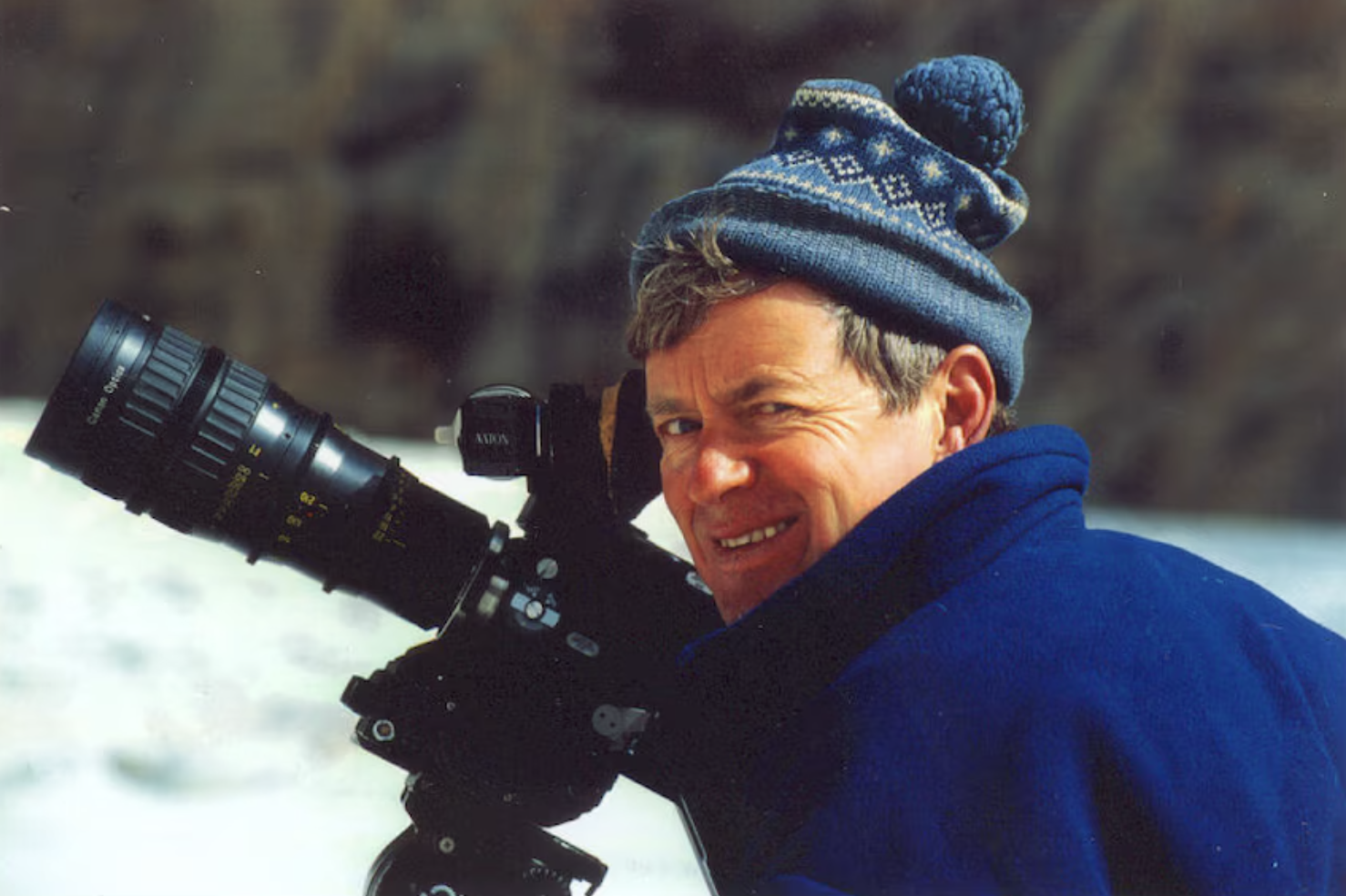Australia's highest peak
How did we miss this one? Thanks to @twocuppedhands for enlightening us!
Five times that great white whale of a mountain tried to kill the first team that sought to reach its summit. Yet in 1964, back they sailed, through the worst seas in the world, to try again, this time with legendary explorer Bill Tilman as their skipper.
This is the extraordinary tale of those first attempts to climb Big Ben, the smoking glacier ringed volcano on Heard Island told by those who were there.
By Samantha Goerling at our ABC
Big Ben rises 2,745 metres above sea level on Heard Island, an external Australian territory.
The first successful expedition to its summit is equally unfamiliar to most, but its one mountaineers put their lives on the line to achieve.
Big Ben stretches 2,745 metres from sea level to its ice-capped peak on Heard Island, closer to Antarctica than the Australian continent.
Leading the expedition was Warwick Deacock who had founded the Australian Outward Bound School and helped bring the Duke of Edinburgh Award to Australia.
Warwick Deacock had already attempted to reach the peak two years earlier.
Michael Dillon was just a teenager when the expedition set sail from Sydney in 1965.
Little did he know at the time, nearly half a century later he would make a documentary on their extraordinary attempt to climb Big Ben.
"[Deacock] became a hero of mine," Dillon said.
"When I was in my late teens, I heard they were preparing this ship for this extraordinary journey that was ahead of them, so I helped out.
Michael Dillon has produced a film about attempts to climb Big Ben.
"This island is even hard to land on, so they had a very big task to learn how to use the rubber rafts in the Sydney surf to give them a chance of surviving the surf on Heard Island.
"I was helping to repair a few holes that had gotten into the raft while they were training."
Deacock had been part of an earlier attempt to reach the summit in 1963 while working with the Australian Antarctic Division on Heard Island.
It was thwarted by a blizzard, with the group of three nearly dying on five occasions and Deacock treating fellow expeditioner Grahame Budd for frostbite.
The expedition chartered a Tasmanian crayfish schooner for the voyage
Two years later he was ready to make a second attempt, having chartered a Tasmanian crayfish schooner named Patanela and gathered nine other expeditioners.
After tackling the Great Australian Bight, they had one final stop in Albany, on West Australia's southern coast.
Skipper Bill Tilman was an experienced land and sea expeditioner.
When they reached Heard Island, the swell and dumping waves made navigating the raft to shore treacherous.
"Even the yacht that took them there couldn't stay, it had to retreat, retreat to another island," Dillon said.
The swells around the Antarctic island were rough.
"They almost died because the raft flipped just as it got to the beach and three of them were trapped underneath."
Once ashore they looked up at the icy monster above them, known as the "white whale" for the way it rises out of the ocean.
"This highest mountain is 500 metres taller than Kosciuszko, but it's straight out of the sea, so they have to climb the entire height of it," Dillon said.
And climb it they did.
The 1965 expedition was successful in reaching Mawson Peak at the top of Big Ben.
The expedition also collected scientific samples, including mites recorded for the first time, and documented a glacial retreat.
Four-and-a-half months after setting out, the expedition arrived safety back to celebration in Sydney.
Though the legacy of the voyage was yet to be fully lived out.
The legacy
One of the adventurers on board was Perth orthopaedic surgeon, Dr Malcolm Hay.
"He was so inspired by his journey, this great sea adventure that he'd had," Dillon said.
"Seeing all the money being spent on the Americas Cup, he thought it'd be better spent if we could build a sail training ship, so young people could share this kind of character-developing sea adventure."
So was born the idea for what became the Leeuwin Ocean Adventure Foundation, which has since trained tens of thousands of young Western Australians.
For Dillon, volunteering with the expedition also shaped his path.
"Seeing them head off for that journey and seeing them head off with cameras, I was just a young teenager and that inspired me," he said.
"Because four years later, that same Warwick Deacock led an expedition trekking through the Himalayas and taught me to film as well.
"That got me doing the same kind of things that he did, and I've been doing it for 50 years now."
Dillon directed and produced the documentary The Great White Whale, detailing the attempts to be the first to summit Australia's highest peak.
The documentary used footage shot on 16 millimetre film during the expedition, as well as his own footage from Heard Island, and was first screened in 2023.
It was awarded the Grand Prize and Best Director Award at the Mendi International Mountain Film Festival, Balboa 2023, and Best Expedition Film Award and Italian Alpine Club Award Trento International Mountain Film Festival 2024.
Deacock died in 2017, aged 90 and Dr Hay died in 2021, aged 86.
Upcoming Screening
State Cinema Hobart August 25th
And as a sideline to this story you might remember that the PATANELA became infamous for another reason, when she disappeared while approaching Sydney Harbour in November 1988. Read on HERE








